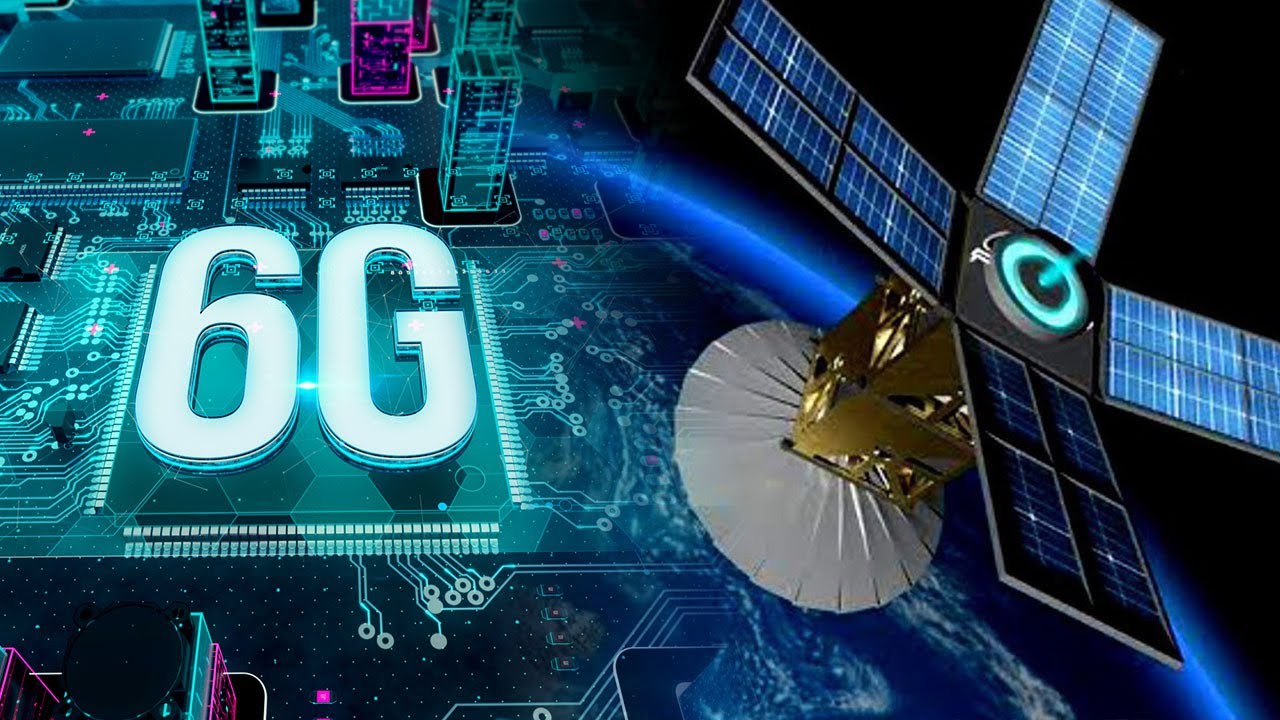What is 6G? Overview of 6G networks & technology.
6G refers to the sixth generation of wireless communication technology, which is still in the research and development phase. It is the successor to 5G, which is currently the latest standard for mobile networks.
6G networks are expected to offer even faster speeds, lower latency, and higher capacity than 5G, enabling new applications and use cases that were previously impossible or impractical. Some of the potential applications of 6G include holographic communications, real-time remote surgery, autonomous vehicles, and advanced virtual and augmented reality experiences.
In terms of technology, 6G is expected to utilize a combination of innovations such as terahertz (THz) frequencies, massive MIMO (multiple-input and multiple-output), artificial intelligence (AI), and edge computing. THz frequencies refer to the spectrum between microwave and infrared frequencies, which have much higher bandwidth but are currently challenging to use due to technical limitations. Massive MIMO refers to a technology that uses multiple antennas to increase the capacity and efficiency of wireless communication. AI and edge computing are expected to play a significant role in 6G by enabling more intelligent and distributed networks that can adapt to changing conditions and optimize performance in real-time.
Here are some potential features and technologies that could be part of 6G networks:
-
Faster speeds: 6G could potentially offer data speeds of up to 1 terabyte per second, which is 100 times faster than 5G.
-
Low latency: 6G could offer even lower latency than 5G, which could enable new use cases such as remote surgery and real-time gaming.
-
Massive connectivity: 6G could support up to 1 million devices per square kilometer, which is 10 times more than 5G.
-
AI-powered networks: 6G networks could incorporate artificial intelligence and machine learning to optimize network performance, predict network failures, and reduce energy consumption.
-
Terahertz spectrum: 6G could potentially use the terahertz spectrum, which is higher in frequency than the millimeter-wave spectrum used by 5G, to offer even faster speeds and higher bandwidth.
-
Holographic communications: 6G could potentially enable holographic communication, allowing people to interact with lifelike 3D projections of each other in real-time.
-
Quantum computing: 6G networks may also incorporate quantum computing technology, which would enable new applications and capabilities such as secure communication and ultra-high-speed data processing.
-
Sustainable and eco-friendly technology: 6G networks are expected to incorporate sustainable and eco-friendly technology, such as energy-efficient base stations and renewable energy sources.
It is still in the research and development phase, and commercial deployment is not expected until the mid-2030s. Here are twenty important fields where 6G technology is likely to be used:
-
Smart Cities: 6G networks will provide the infrastructure for the development of smart cities, where various systems and devices are connected and can communicate with each other, leading to efficient management and allocation of resources.
-
Telemedicine: With the help of 6G networks, remote healthcare can be possible with real-time data transmission between medical devices, doctors, and patients.
-
Autonomous vehicles: Autonomous vehicles rely on high-speed and low-latency networks to communicate with other vehicles and infrastructure. 6G networks can help enable this by providing reliable and secure connectivity.
-
Virtual and Augmented Reality: 6G networks can enhance the performance of virtual and augmented reality applications with high-speed data transmission and low latency, resulting in more realistic and immersive experiences.
-
Education: 6G networks can help enable remote learning, virtual classrooms, and augmented reality-based learning experiences.
-
Robotics: 6G networks can enable remote control and monitoring of robots, leading to increased efficiency and safety in manufacturing, healthcare, and other industries.
-
Entertainment: 6G networks can provide high-speed and reliable connectivity for streaming, gaming, and other entertainment applications.
-
Agriculture: 6G networks can enable the use of advanced sensors and monitoring systems in agriculture, leading to improved crop yields and efficiency.
-
Energy: 6G networks can help enable the development of smart grids and renewable energy systems, resulting in increased efficiency and reduced carbon emissions.
-
Defense: 6G networks can be used to develop advanced communication and surveillance systems for defense and security applications, such as battlefield communication, drone surveillance, and more.
-
Smart homes: 6G networks can enable the development of smart homes with advanced connectivity and automation features.
-
Industrial Internet of Things (IIoT): 6G networks can be used to enable real-time communication between machines and devices, leading to increased productivity and efficiency in industrial settings.
-
Public safety: 6G networks can be used to develop advanced public safety systems, such as disaster management, emergency response, and public safety communication.
-
Financial services: 6G networks can enable the development of advanced financial services, such as real-time payments, mobile banking, and cryptocurrency.
-
Supply chain management: 6G networks can be used to enable real-time tracking and monitoring of goods and products throughout the supply chain.
-
Environmental monitoring: 6G networks can enable the development of advanced environmental monitoring systems, such as air and water quality monitoring, leading to better environmental management and protection.
-
Smart transportation: 6G networks can enable the development of advanced transportation systems, such as smart traffic management, connected vehicles, and logistics management.
-
Gaming: 6G networks can enable the development of advanced gaming systems, such as cloud gaming and real-time multiplayer games.
-
Personalized advertising: 6G networks can enable the development of personalized advertising systems based on real-time data analysis and user behavior.
-
Sports: 6G networks can enable the development of advanced sports broadcasting and immersive fan experiences, such as virtual reality and augmented reality-based experiences.
Overall, 6G is expected to offer a massive leap forward in terms of network speed, capacity, and reliability, enabling new applications and use cases that are not possible with current technologies. However, it is still in the early stages of development, and it will be several years before it becomes commercially available.

